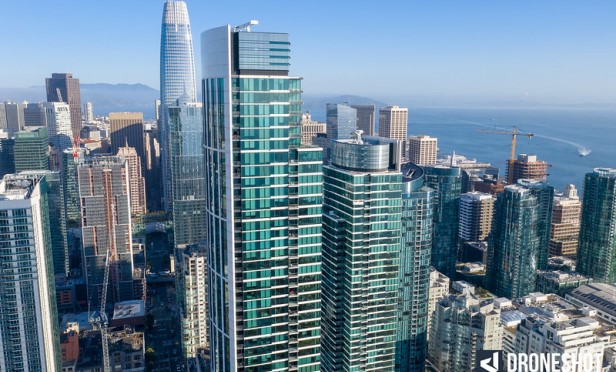While Resilient, Multifamily is Not Immune to COVID-19
Despite challenges, there are opportunities facing economic subsectors and the market as a whole along with factors that will determine the severity of the pandemic's impact on the multifamily sector.

SAN FRANCISCO—COVID-19 has wreaked havoc on many commercial real estate segments. While the multifamily sector is a resilient one, it is not immune to the wrath of this global pandemic.
But despite the many challenges, there are some positive signs that support the ongoing resilience of the multifamily sector during this health crisis, says Zain Jaffer, founder and CEO of Zain Ventures. There are opportunities facing economic subsectors and the market as a whole along with key factors that will determine the severity of the pandemic’s impact on the sector.
“Everyone is currently worrying about the impact COVID-19 will have on our everyday life. As the pandemic takes a human toll, the economic fallout is immense,” Jaffer tells GlobeSt.com. “The multifamily real estate sector is resilient and while long-term effects of this crisis are yet to be known, there are several fundamentals that should provide hope for the future of multifamily real estate.”
Demographic trends favor continued multifamily demand. In addition, many businesses are now operating remotely so flexible shelter or renting versus owning remains desirable. And, graduating students with high debt will most likely choose to rent because securing a mortgage remains challenging.
These and other factors sustain the demand for affordable housing, which has been constant since the Global Financial Crisis, according to the US Multifamily Market Update published by UBS. Overall, the UBS report acknowledges the short-term concerns for investors in multifamily housing but maintains a promising long-term outlook with sustained demand for suitable housing rentals.
Long-Term Benefits For Multifamily Real Estate Investors
Despite the future unknowns of the COVID-19 pandemic, there are many positives for the multifamily industry:
- In a volatile market, multifamily real estate will remain a solid investment for pension funds and REITs.
- Emergency-level interest rates will also be a boon to long-term investors.
- Tenant turnover is expected to decrease dramatically, reducing the operating and capital costs of securing new tenants.
- As telecommuting remains in a post-coronavirus world, the demand for apartments particularly by young professionals could increase.
- Vacancy rates should remain low with the decline in construction of new units.
Contributing Factors
The effect on rentals in different classes and geographical locations will vary. Class-A apartments, which tend to house workers in growth-oriented industries, will fare better than class-B and-C apartments that house tenants in a mixture of economic sectors. This is especially true for class-C apartments, with many renters in the entertainment and food sectors. Tourist-reliant regions that depend on leisure and travel will be more deeply impacted such as California, central and south Florida, Hawaii, Las Vegas, New Orleans and New York.
As of late, lenders have been handling an increased volume of calls from clients concerned with debt obligations as the COVID-19 crisis continues. To help with the crisis, Freddie Mac’s multifamily COVID-19 program provides three months of forbearance for multifamily borrowers and tenants.
The government may also push for further legislation or executive action that will allow local jurisdictions to implement prohibitions on both evictions and foreclosures. Although taking advantage of these programs could negatively impact near-term operating results, UBS views this as a net positive for the multifamily sector in the longer term.
The Coronavirus Aid, Relief and Economic Security Act provides for an expansion of unemployment benefits to include people who are not normally recipients, and a loan and grant program for small businesses to help maintain payrolls throughout this emergency period. This, plus the subsequent Paycheck Protection Program and Health Care Enhancement Act, aim to help tenants who cannot cover April, May or June rents.
COVID-19 is likely to accelerate the use of technology in the real estate sector. To limit person-to-person interactions, self-touring technology, smart lockboxes, immersive virtual apartment tours, drone footage, online leasing and automatic rental collection may be used more often, along with technologies that provide cost savings, such as keyless entry, moisture and water sensors, remote lighting/thermostats, and automated self-leasing. All of these technologies will improve the traditional apartment rental experience, providing much needed cost-saving measures in a post-coronavirus world.

